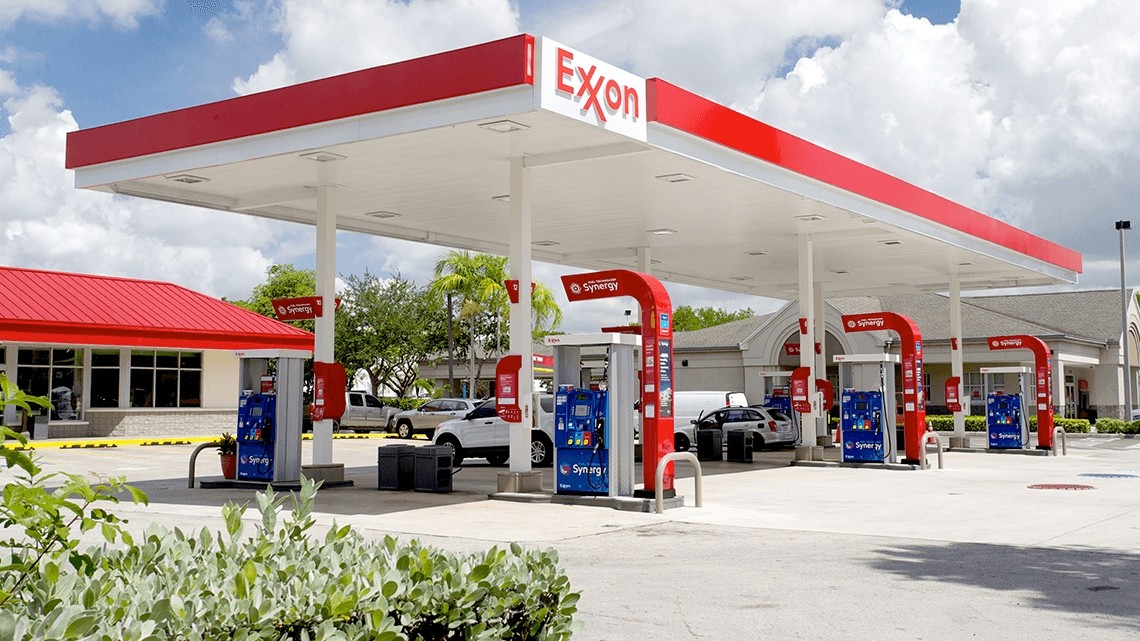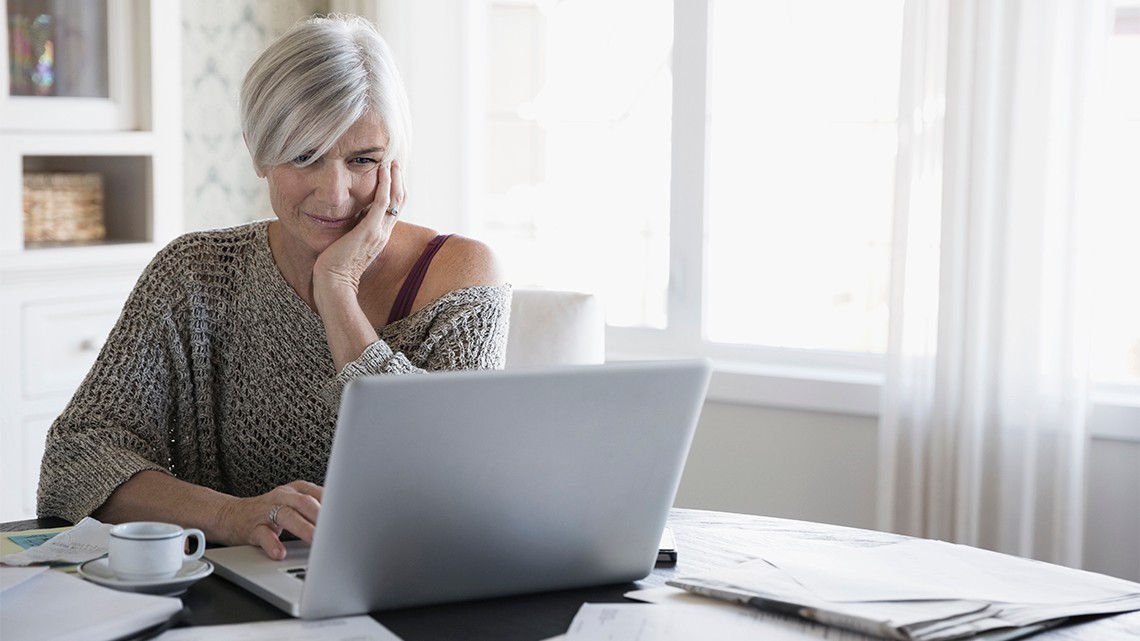Staying Fit
One in 4 teachers in the U.S., or nearly 1.5 million people, are at increased risk for serious illness if they become infected with the coronavirus, according to a new report from the Kaiser Family Foundation (KFF). This figure includes educators who are over the age of 65 or who have an underlying health condition that makes them more vulnerable to complications from COVID-19.
KFF's report comes at a time when local officials are grappling with the best ways to open schools in the fall, all while coronavirus cases continue to soar in several states throughout the country. Keeping children safe from the virus is one concern; minimizing the risk for adults working in school systems is another. And “failure to achieve safe working conditions” for higher-risk teachers “could have very serious results,” the KFF report notes.


AARP Membership— $12 for your first year when you sign up for Automatic Renewal
Get instant access to members-only products and hundreds of discounts, a free second membership, and a subscription to AARP the Magazine.
Though anyone can get sick from the coronavirus, the risk of hospitalization from COVID-19 increases with age, according to the Centers for Disease Control and Prevention (CDC). Deaths from COVID-19 are also significantly more common in older adults. In the U.S., the average age of teachers is 42.4 years, according to data from the National Center for Education Statistics. Nearly 19 percent of teachers are 55 and older.
What's more, health conditions that are more common in adults — including diabetes, cardiovascular disease and kidney disease — increase one's risk for serious illness from the virus. An estimated 60 percent of American adults have at least one chronic medical condition, the CDC notes; about 40 percent have two or more.
Classrooms pose challenge for distancing
With few effective treatments and no vaccine for the coronavirus, public health experts say one of the best ways to prevent COVID-19 is to keep a distance of at least 6 feet from other people. This, however, can prove difficult in crowded school environments.
"If you apply that to most school systems, that means you really can't have your normal number of students” in the classroom at the same time, says Travis Glenn, an associate professor of environmental health science and interim director of the Institute of Bioinformatics at the University of Georgia College of Public Health.




































































